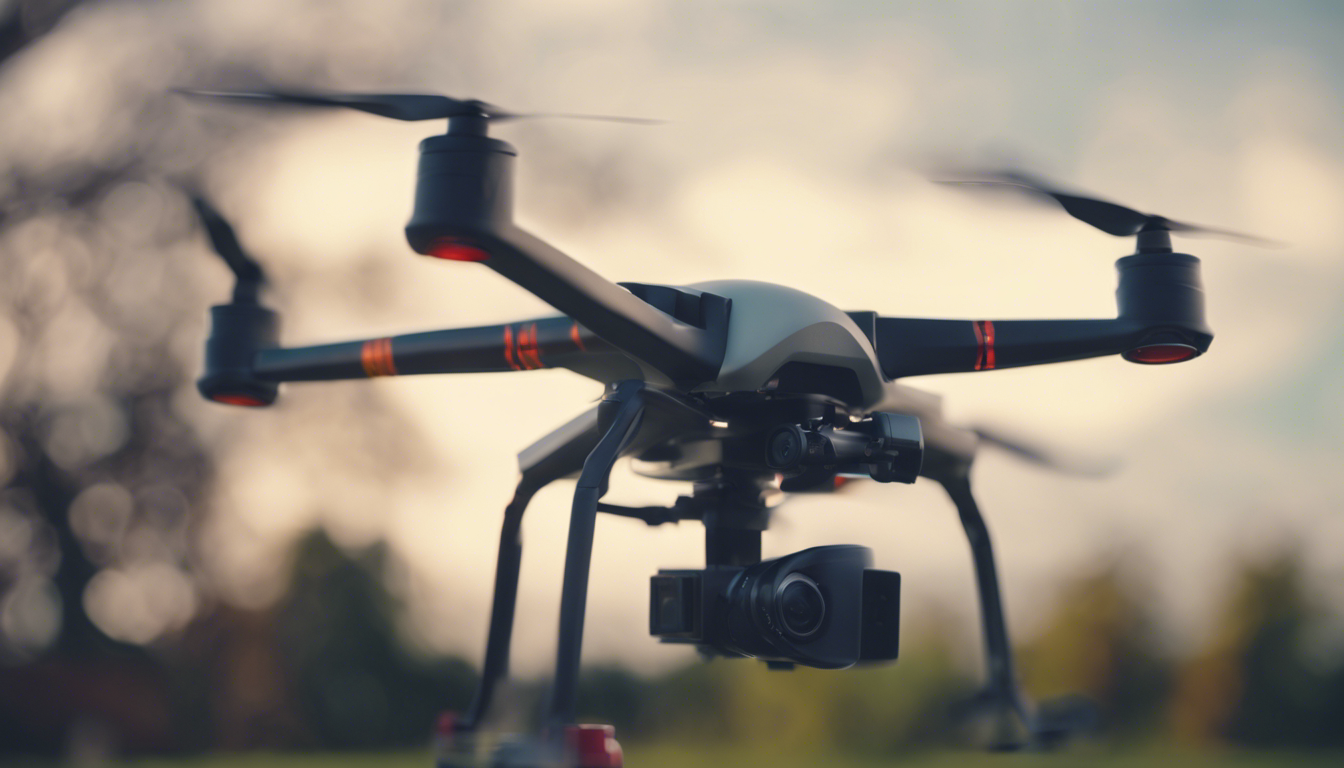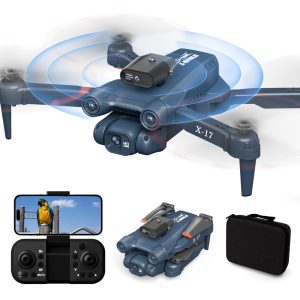
The Rise of Consumer Drones in Coastal Monitoring and Management
“The drone revolution has taken flight, quite literally, with consumer drones now playing a vital role in coastal monitoring and management.”
It was not too long ago when aerial surveillance was limited to helicopters and planes. However, the advent of consumer drones has opened up a world of possibilities in monitoring and managing coastal areas with unprecedented precision, efficiency, and cost-effectiveness.
Coastal monitoring
Traditionally, monitoring vast stretches of coastlines was a challenging endeavor, often requiring extensive resources and manpower. Thanks to consumer drones, this task has become remarkably easier and more accessible.
Equipped with high-resolution cameras and advanced sensors, drones can capture detailed imagery of coastal areas, providing valuable insights into erosion, changes in landscape, and potentially even illegal activities such as poaching or pollution. Not only does this save time and money, but it also enables authorities to take swift action in addressing issues and ensuring the well-being of coastal ecosystems.
Tip: When using a consumer drone for coastal monitoring, make sure to familiarize yourself with local laws and regulations regarding drone usage. Safety should always be a top priority, so abide by height restrictions and avoid flying in restricted areas.
Coastal management
Drones have also proven to be indispensable tools in coastal management. With their ability to cover large areas in a short amount of time, they allow marine biologists, conservationists, and researchers to monitor marine life, study migration patterns, and track changes in biodiversity more effectively.
Moreover, drones can assist in identifying invasive species or performing water quality assessments by collecting samples or images of the coastline. This data enables scientists to make informed decisions and implement targeted conservation efforts, ultimately benefiting both coastal ecosystems and the communities that rely on them.
Tip: To maximize the usefulness of consumer drones in coastal management, invest in additional accessories such as polarized lenses or thermal cameras. These can enhance your ability to gather accurate data and capture valuable imagery.
Challenges and considerations
While consumer drones have revolutionized coastal monitoring and management, they are not without their challenges and considerations.
One key challenge is battery life. Most consumer drones have limited flight time, which can be a hindrance when trying to cover large coastal areas. It’s essential to plan flights strategically, prioritize areas of interest, and take advantage of quick battery swaps or rechargeable options where possible.
Another consideration is weather conditions. Coastal areas are often prone to strong winds and harsh weather, which can affect flight stability and image quality. Always check the weather forecast before launching your drone and avoid flying in adverse conditions to prevent accidents or damage to your equipment.
Innovation on the horizon
The use of consumer drones for coastal monitoring and management is continuously evolving as technology advances. Researchers are exploring autonomous drones that can collect data without human intervention, robotic drones capable of underwater exploration, and even drones that can assist in rescuing marine animals.
As consumer drones become more sophisticated and accessible, the possibilities for their application in coastal environments seem endless. With their help, we can protect and manage our precious coastlines more efficiently, ensuring their sustainability for generations to come.
To wrap it up
The growing prominence of consumer drones in coastal monitoring and management marks a significant shift in how we approach environmental conservation. With their ability to provide real-time data, capture high-resolution imagery, and cover large areas in a short time, these unmanned aerial vehicles have become invaluable tools. By leveraging the capabilities of consumer drones and taking into account their challenges and considerations, coastal ecosystems can be monitored and managed more effectively, resulting in a brighter and more sustainable future for our coastal environments.
